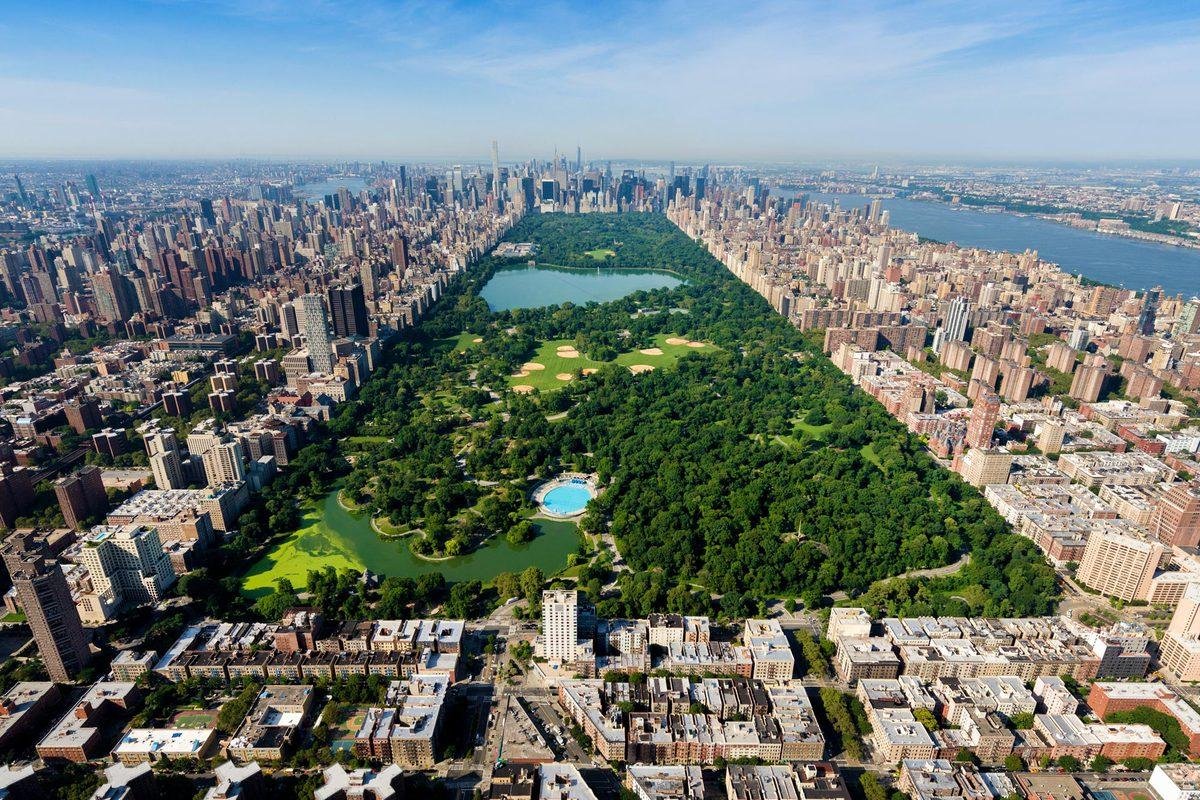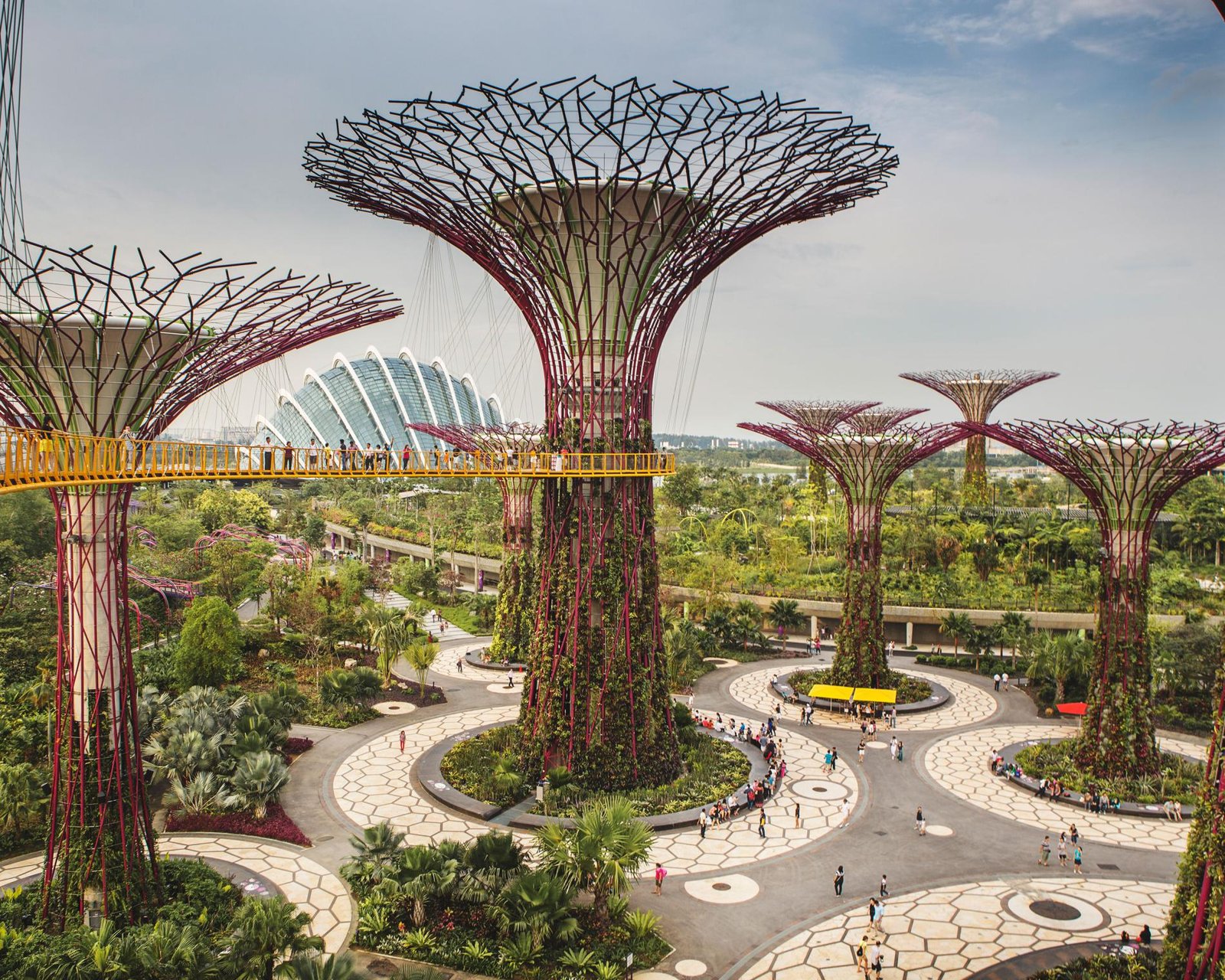Overview
The world is nearing in announcing an environmental crisis!
Water scarcity, extinction of species and habitats, glacier melting, lack of finite resources, loss of wetlands, global warming are some of the major issues that are holistically faced all around the world. With such scenarios that can provoke an environmental crisis, a need to curb them with ecology solutions is felt. A mass crisis requires a mass solution. Green infrastructure is one such solution that can target these problems without hampering the ecosystem but on the contrary, co-existing with it.
What is Green Infrastructure?
Green infrastructure is a phenomenon that mainly focuses on restoring the ecosystem as it is. For example, Restoring the trees and wetlands, choosing water efficiency rather than building huge water storage tanks for the same. It is an amalgamation of using the natural environment and mechanization to conserve the ecosystem. This can be applied from micro to macro levels such as in housing and townships or rather entire cities.
Some of the methods for Green Infrastructure are: –
Green gardens, Bio-swales, Rain gardens, permeable pavements and materials, green roof, rainwater harvesting system, restoration of existing trees, preservation and restoration of forests and national parks, saving the wetlands and floodplains, etc.

The issue of the uprooting of some parts of the Aarey Colony in Mumbai for making a metro shade was aroused. This colony serves as oxygen to the citizens and its flora and fauna, the issue mainly got critical as the forest was a core element of the city in maintaining its green zone.
Why should one choose ‘Green Infrastructure’ before ‘Sustainability’?
- Securing the core – The green infrastructure is a holistic way of securing the natural environments of a city. Sustainable methods can always be applied through mechanized techniques once the Green Infrastructure is secured.
- Nature is the true protector– Wetlands, floodplains, streams, rivers, etc. provided natural cleaner services, flood protection, and water purification without costing any capital, due to which it becomes necessary to restore these in its original form.
- Also, green infrastructure ensures a capital return where both nature, authority and the community stays in benefit.
- Green infrastructure also increases job opportunities for the economy that are linked to the maintenance of this infrastructure such as maintenance workers, helpers, cleaners, Rainwater harvesting equipment factories, laborers, daily wage workers, etc.
- It ensures a mechanized urban framework that coexists with nature and its resources intact.
Here are some examples of cities that have embraced ‘Green Infrastructure’ as a method.
New York
The New York city council has come up with the ‘PlanNYC’ which envisions to reduce the stormwater and sewage overflows. It also aims to protect drinking water supplies. The cost of this green infrastructural facility costs 1.5 billion dollars less than comparable grey infrastructure.

Singapore
Singapore in its early years faced water scarcity as a core issue for the city. It later developed a green infrastructure in which two-third of the surfaces such as roads, sidewalks, pavements were made to capture rainwater and store it in a reservoir. Along with this, it also emphasized on water recycling as a mandate.

Stockholm
This city has emphasized more on its connectivity and transport systems for achieving green infrastructure. Eco-taxis, bike lanes up to 700 kilometers across the city, bicycle rental program, production of gas and electricity through renewable resources, waste systems are some of the initiatives adopted by the city as a whole.
Boston
Planting trees to absorb floodwaters, rental bike system, electric vehicles are some of the methods initiated by the Boston authorities to exercise green infrastructural facilities.
Thus, every city has its own methods of making the infrastructural agenda more green, some of them use transport and connectivity whereas some have used the water and waste systems as a method to achieve it. Therefore, every city has a way to achieve these infrastructural qualities by observing the focus points and strengths that bring out the ‘green’ goal.
Green infrastructure and sustainability is no more an added feature, it is now a basic need!


